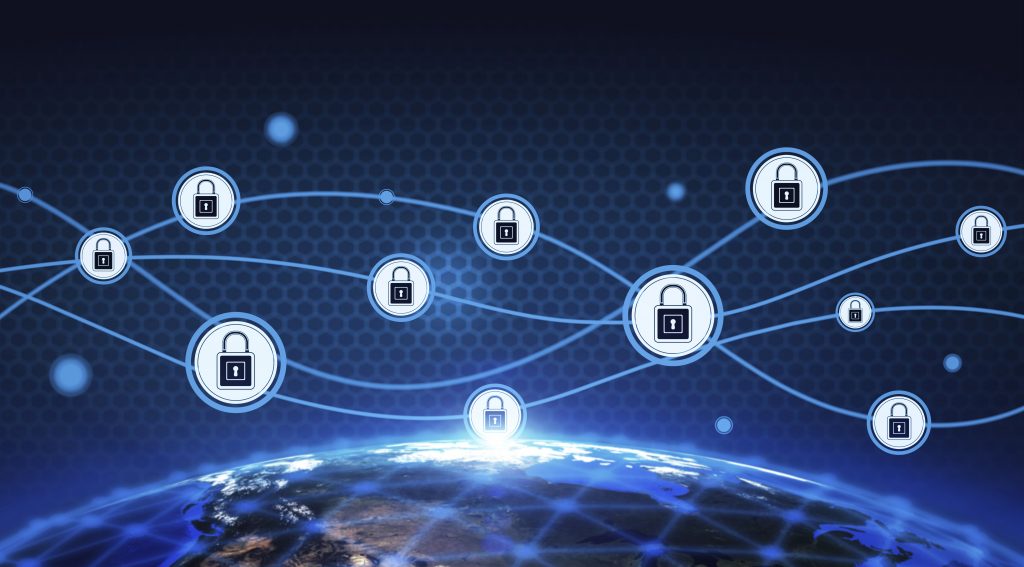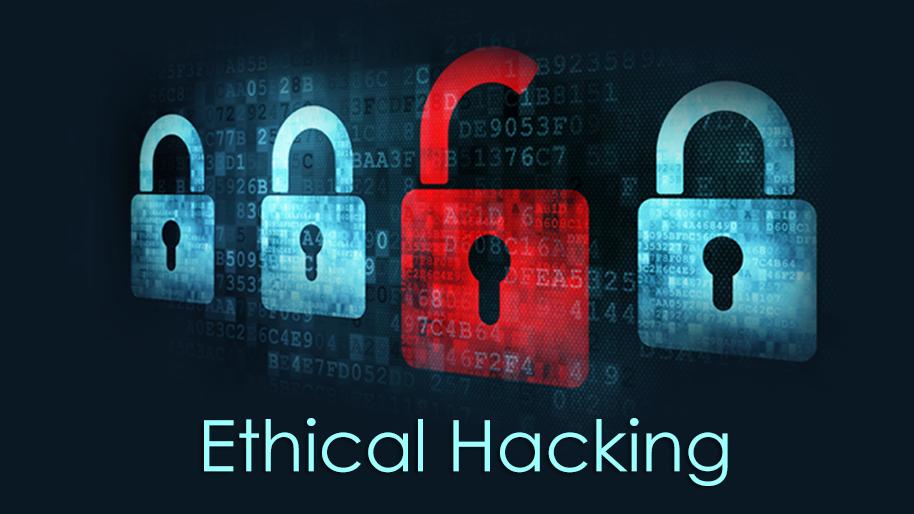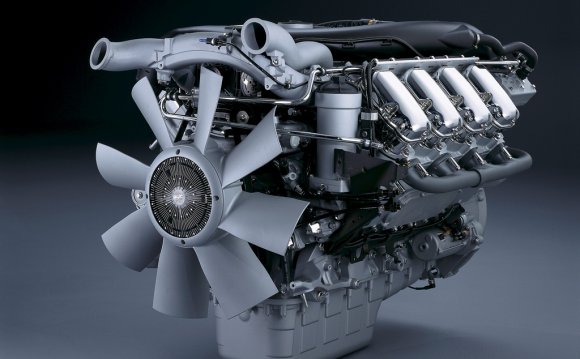INTERNET OF THINGS

- Working with Micro controllers
- Programming with arduino
- Serial communication
- Interfacing ultrasonic sensors
- Interfacing Relays
- Working with BT module
- Smart home project Development
- Creating Local webserver
- Controlling Arduino from Local Web server
- Uploading sensor data on cloud
- Controlling Arduino from cloud
- Uploading sensor data on google app designed
- Twetting sensor data from cloud
- Connecting to smart phone using wifi
- Testing Basic AT commands
In general, the IoT promotes a heightened level of awareness about our world, and a platform from which to monitor the reactions to the changing conditions that said awareness exposes us to. And, like the advent of the Internet itself, the IoT enables a myriad of applications ranging from the micro to the macro, and from the trivial to the critical.
Since we're focusing here on why the IoT is important, let's turn our attention to the "macro" and the "critical" first, and look at some provocative ideas that are already in development across the globe.




Academic
10-11 September,2016